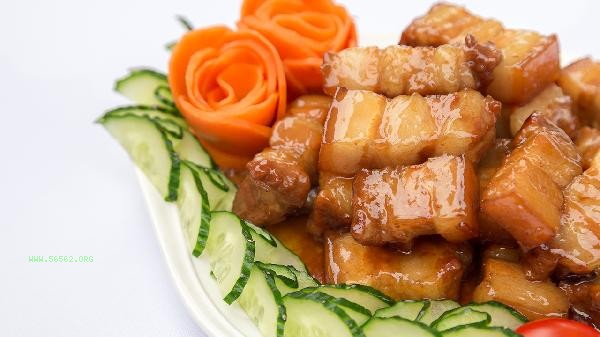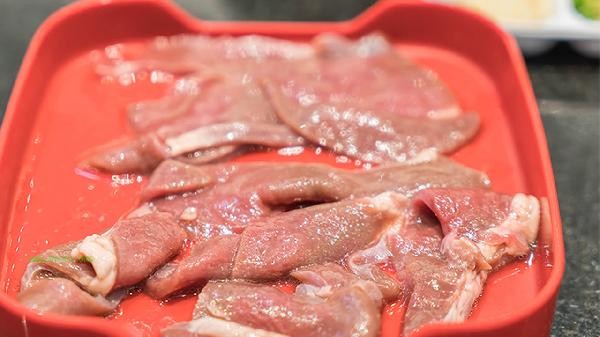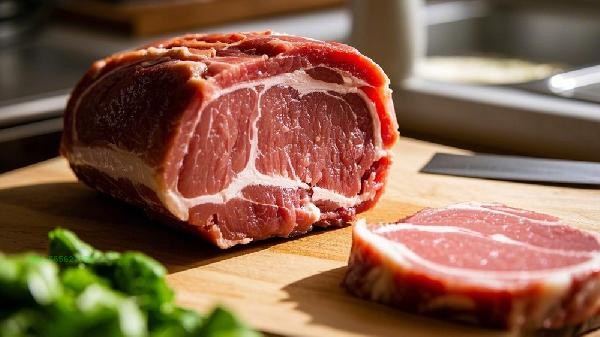Stewed pork should be soft, tender, and non greasy, and the key lies in the selection of materials, pre-treatment, and control of heat. There are mainly methods such as selecting suitable parts, marinating in advance, boiling in cold water, simmering over low heat, and seasoning with salt afterwards.

1. Selecting appropriate parts
There are significant differences in fiber thickness and fat content among different parts of pork. The parts suitable for stewing usually contain a lot of connective tissue, such as pork belly, front leg meat, elbows, etc. During the long-term stewing process, these parts will convert collagen into gelatin, making the meat soft and tender. Avoid choosing pure lean meat such as pork tenderloin, as this type of meat can easily become stale when stewed for a long time.
2. Pre marinating
Marinating pork in advance with seasonings such as cooking wine, ginger, and scallions can help break down muscle fibers. Acidic substances such as vinegar or lemon juice can be added in small amounts, but not too much to prevent the meat from becoming hard. The pickling time should be controlled between half an hour and two hours, and the effect is better when done in a refrigerated environment. After pickling, there is no need to rinse, it can be directly put into the pot to preserve the flavor.
3. Boiling pork in cold water
Heating pork in cold water at the same time can slowly increase the temperature, which is beneficial for the precipitation of blood and impurities. After boiling, promptly skim off the foam to avoid residual fishy odor. Hot water in the pot will cause the surface proteins to quickly solidify, making it difficult to drain the internal blood, resulting in the meat becoming mushy. The amount of water needs to be added at once, as adding water midway will affect temperature stability.

4. Slow stewing on low fire
It is ideal to keep Noodles in soup slightly bubbling. Boiling on high fire will cause excessive contraction of muscle fibers. Sand pots or cast iron pots can better maintain temperature balance, and ordinary pots can be padded with bamboo grates to prevent sticking to the bottom. The stewing time is adjusted according to the size of the meat pieces, usually taking more than an hour. If chopsticks can easily penetrate, it is considered that the heat is in place.
5. Seasoning with salt afterwards
Adding salt too early can cause the meat to dehydrate and harden. It is recommended to add it half an hour before the stewing is complete. Other seasonings such as soy sauce and sugar can also be added later to ensure flavor without affecting meat quality. After turning off the heat, let the meat soak in the broth for a period of time, using the remaining heat to continue softening the fibers while allowing the flavor to fully penetrate. In addition to the above techniques, natural tender meat ingredients such as hawthorn and tea can be added when stewing meat, and the enzymes in them can help break down protein. Paired with oil absorbing vegetables such as radish and potatoes, it can balance the greasy feeling. Pay attention to the thickness of the soup. If it is too thin, the juice can be harvested, but if it is too thick, water should be added. Stewed meat that has been refrigerated overnight and reheated often tastes more flavorful, but it is important to avoid prolonged boiling when reheating. Adjust the spice combination according to personal taste. Spices such as star anise and cinnamon can enhance the flavor level, but should not be excessive. Mastering these key points can easily make soft and flavorful stewed pork.









Comments (0)
Leave a Comment
No comments yet
Be the first to share your thoughts!